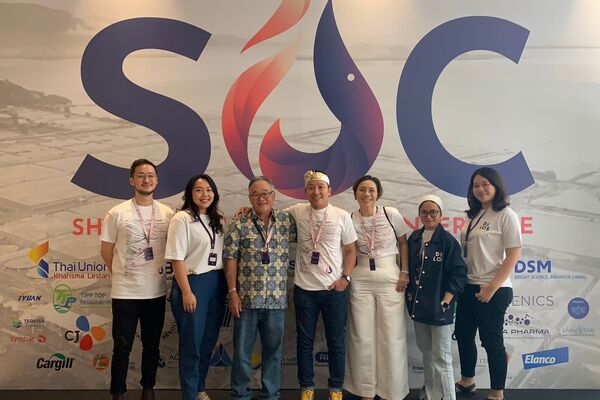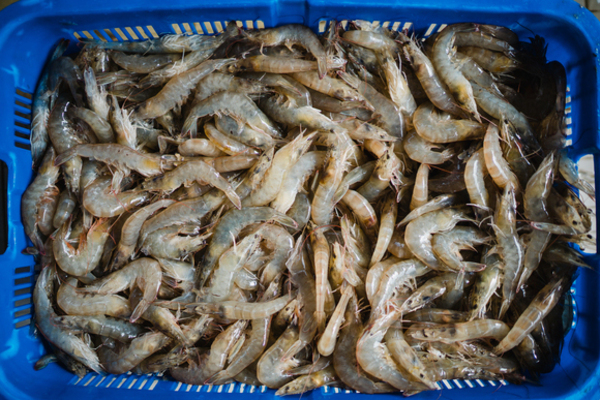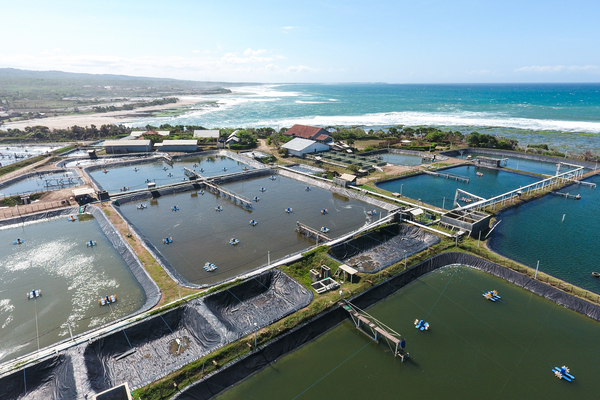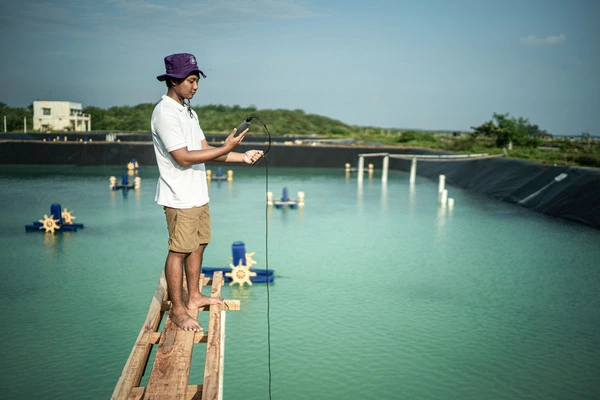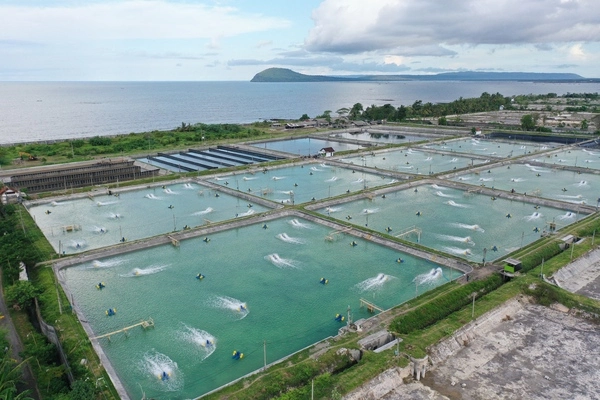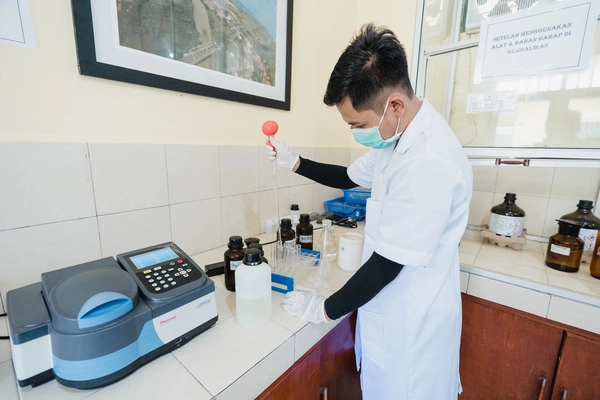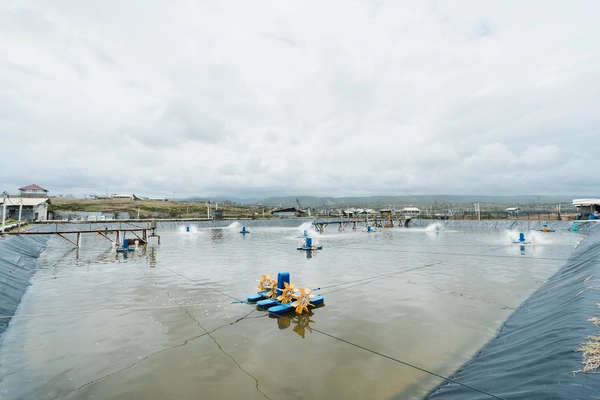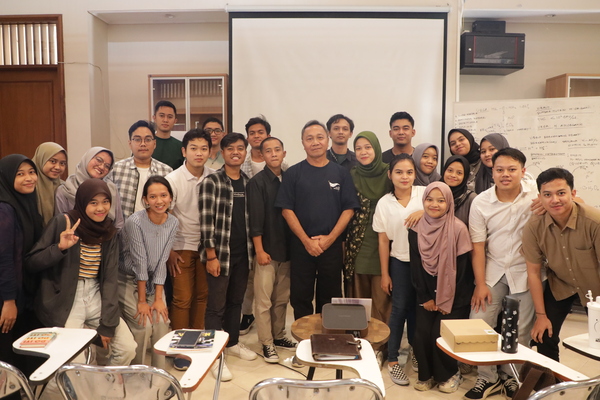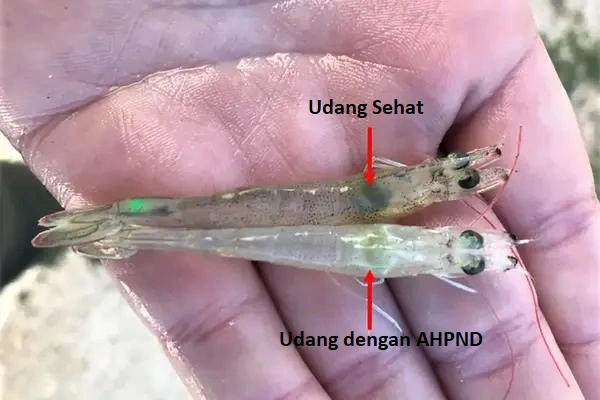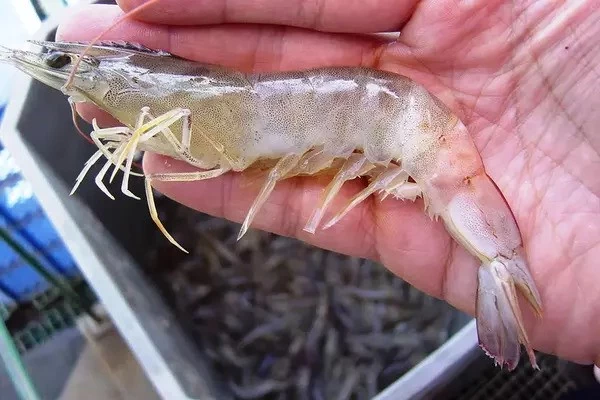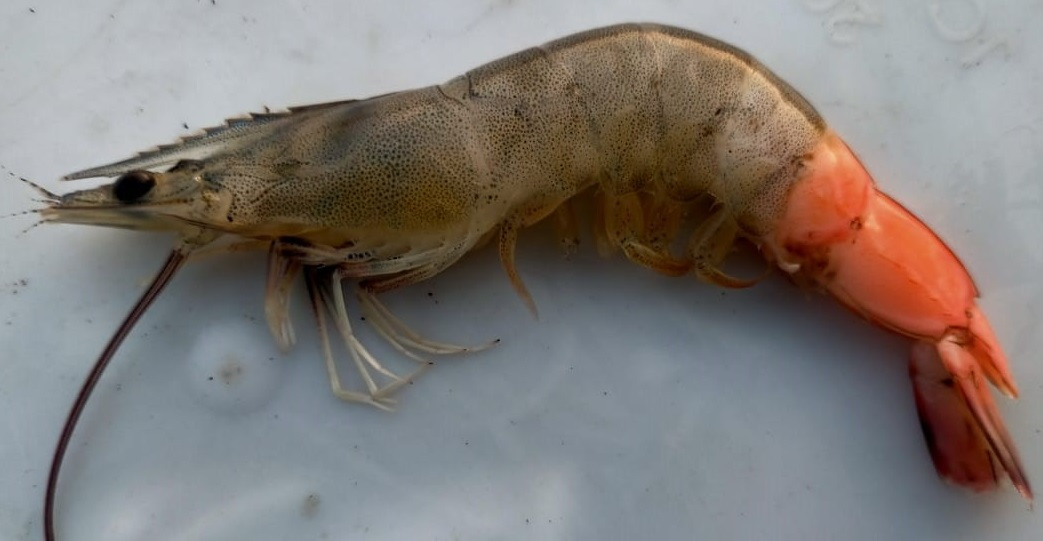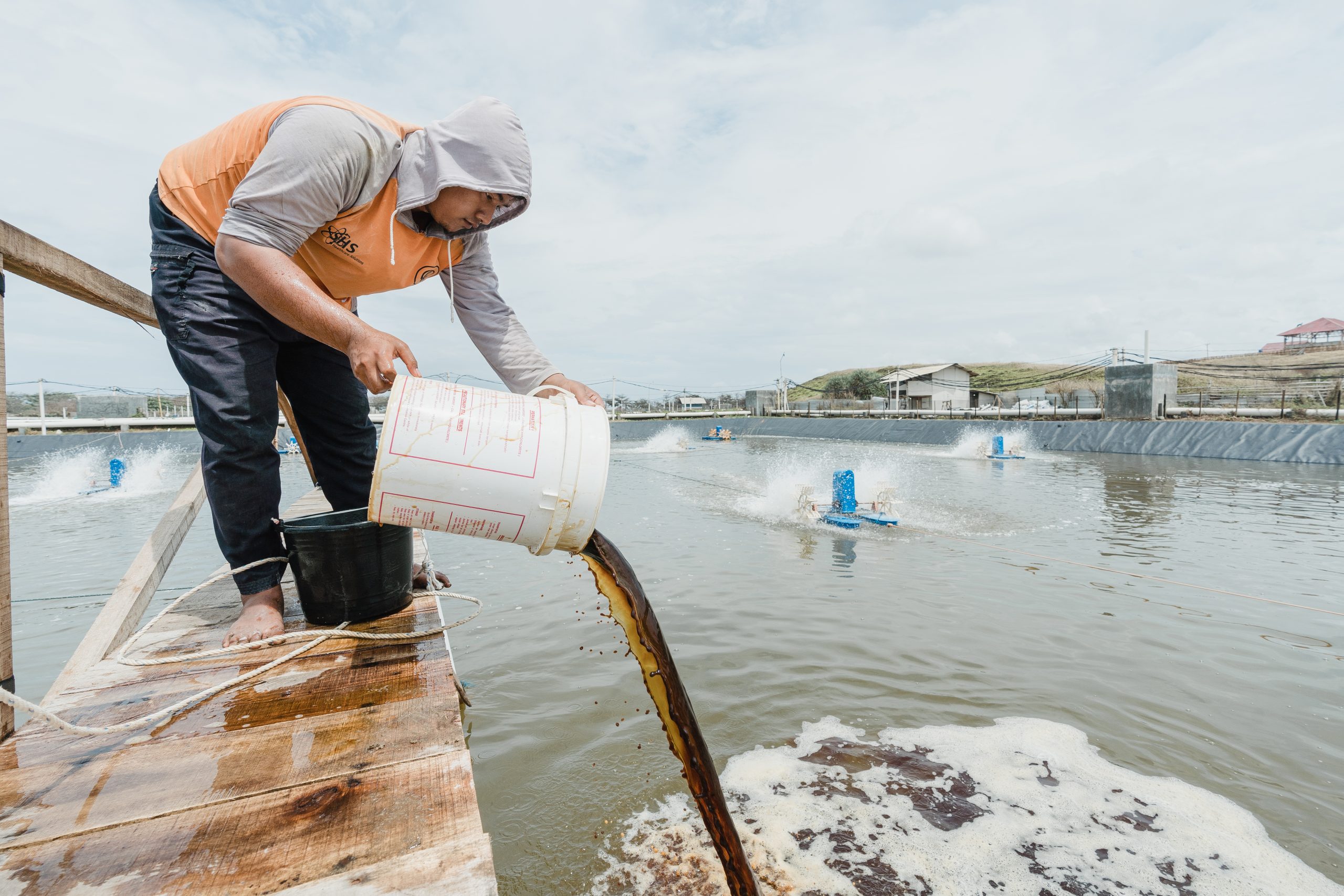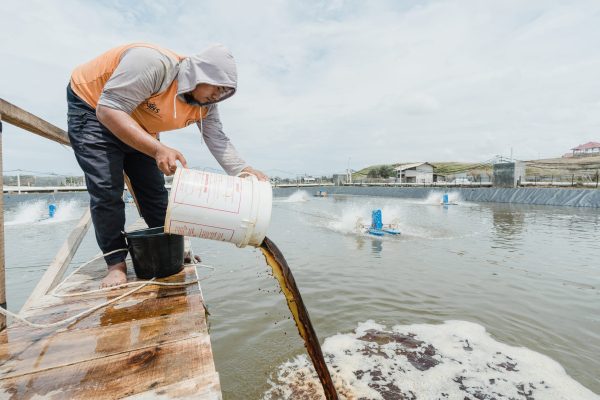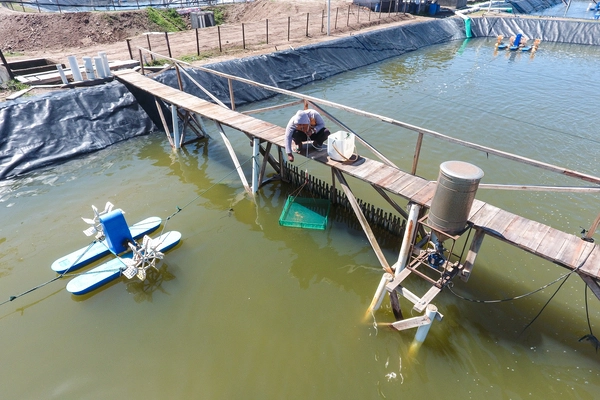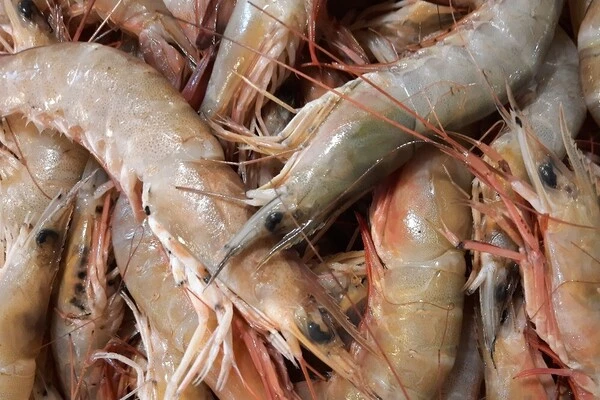DELOS Takes Center Stage at the Shrimp Aquaculture Conference 2023
Shrimp Aquaculture Conference organized by Young Shrimp Farmers (PMI) was held from June 20th to 22nd, 2023 in Bali. SAC 2023 is a highly anticipated event brought industry experts, researchers, and farmers to share knowledge and explore advancements in the world of shrimp farming.
The Shrimp Aquaculture Conference has established itself as a premier platform for the exchange of ideas and innovations in shrimp farming. This year’s conference aimed to tackle critical issues such as disease evolution, the impact of environmental climate change, and the challenges posed by the global recession. With the rapid growth of the shrimp industry and the increasing demand for sustainable practices, the event provided valuable insights into the future of shrimp aquaculture.
Alexander Farthing, Chief Science Officer of DELOS, captured the attention of attendees with his engaging presentation. His topic, “What It Really Means to Use Science and Technology in Shrimp Farming,” delved into the role of scientific advancements and technological solutions in enhancing the sustainability and productivity of shrimp farming operations.
Farthing emphasized the importance of a holistic approach that combines scientific knowledge, cutting-edge technology, and best operational management practices to address the industry’s challenges effectively. He highlighted the role of DELOS in pioneering sustainable vannamei shrimp farming, showcasing their innovative solutions aimed at minimizing environmental impact and maximizing productivity.
DELOS, a leading company in the aquaculture sector, has been at the forefront of revolutionizing shrimp farming practices through the integration of science, technology, and sustainable methodologies. Their commitment to research and development has resulted in breakthroughs that enhance disease management, optimize feed efficiency, and promote responsible resource utilization.
During the conference, DELOS showcased their sustainable vannamei shrimp farming practices, demonstrating the successful implementation of their scientific and technological innovations. Visitors were introduced to state-of-the-art systems and methodologies that enable farmers to minimize the use of antibiotics, improve water quality, and enhance overall farm performance.
The DELOS team interacted with conference attendees, fostering knowledge sharing and collaboration among shrimp farmers, researchers, and industry experts. Their participation aimed to not only showcase their advancements but also inspire and empower others to adopt sustainable practices and contribute to the growth of the global shrimp farming community.
The Shrimp Aquaculture Conference 2023 in Bali proved to be a resounding success, providing a platform for industry stakeholders to come together, exchange ideas, and explore new possibilities. With the insightful presentation by Alexander Farthing and the participation of DELOS, the conference shed light on the immense potential of science, technology, and sustainable practices to shape the future of shrimp aquaculture. As the industry continues to evolve, events like this will play a crucial role in driving innovation and ensuring a sustainable and prosperous future for shrimp farming worldwide.

